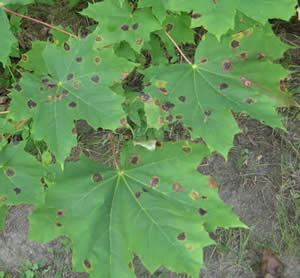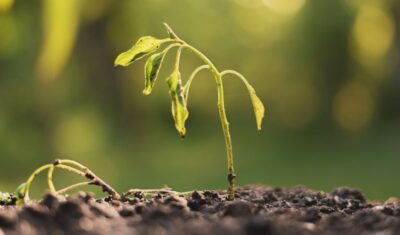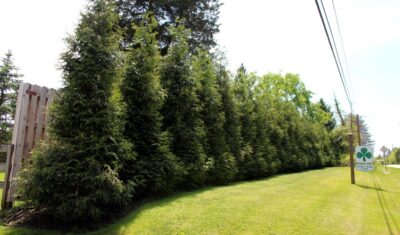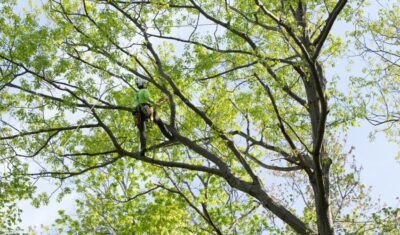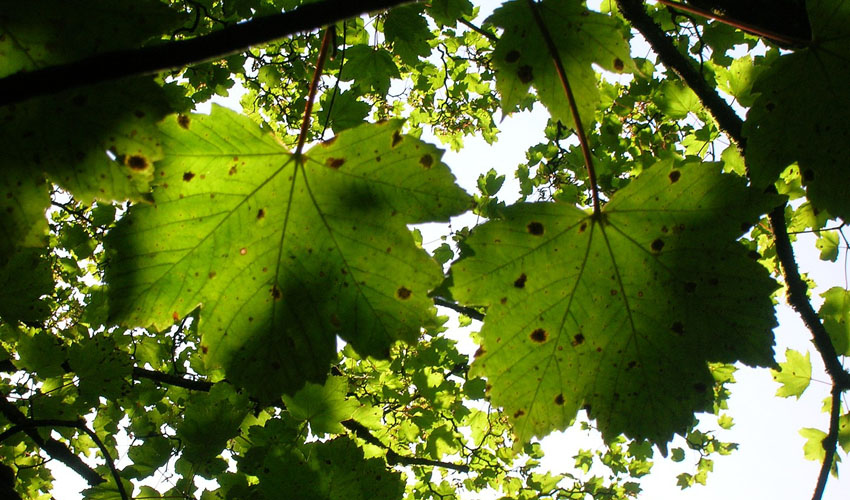
If the leaves on your maple trees have dark, round spots that look like they’ve been splashed with tar, it’s probably a fungal disease called maple tar spot. Learn what to look for, how it spreads, and what to do about it.
Here in northeast Ohio, maples are beloved shade trees that offer green summer canopies, bright fall colors, and some also give us maple syrup for our pancakes.
In addition to their flaming fall color display, maples are valuable, long-lived trees that sequester carbon and help keep our air cleaner. So when your maples develop disfiguring dark spots on their leaves, you’ll want to know what is causing it and what you can do.
What is maple tar spot?
Maple Tar Spot is a common fungal disease whose name describes it well: maple leaves display dark, round spots that look like tar has been splashed on them. While it’s unattractive and can spread easily, Maple Tar Spot is not fatal to your trees.
What causes maple tar spot?
Maple Tar Spot is caused by one or more species of the fungus Rhytisma. Like many other fungi, Rhytisma has an annual life cycle that includes dormant overwintering. It’s followed by spring growth and release of fungal spores that are carried by wind and water to its host plants, our beloved maples.
 Which trees are affected by maple tar spot?
Which trees are affected by maple tar spot?
As its name suggests, Maple Tar Spot is a disease of maples. Ohio has a number of maple species that are native to the state, including:
- Black Maple (Acer nigrum)
- Boxelder (A. negundo)
- Red Maple (A. rubrum)
- Silver Maple (A. saccharinum)
- Sugar Maple (A. saccharum)
In our area, you’ll also find other non-native maple species such as Sycamore Maple (Acer pseudoplatanus), Norway Maple (A. platanoides), and many cultivars of Japanese maples (A. japonicum and A. palmatum).
Will my maple get tar spot?
All of these maples are susceptible to Maple Tar Spot because of their common plant genus, Acer. Whether or not your particular maple will develop Maple Tar Spot can depend on its surrounding environment. It’s more likely to become infected if there are many other infected trees in your neighborhoods, if you don’t take any preventive measures, or if spring weather has been particularly wet.
How and when does this disease spread?
Maple Tar Spot and the maple trees it infects have evolved so that their annual patterns are in synch. Warm spring temperatures “wake up” both the fungus and the tree. Maples put out their new leaves, while winds and rains carry the fungus to them.
After being carried by wind or water, fungal spores land on tree leaves. Once the spores reach a tree’s leaves, they evolve from tiny (1/8th inch) yellow spots that are easy to overlook into dark, tar-colored spots an inch or more in diameter, usually with a yellow edge.
The fungus remains on the leaf, even after the leaf falls. In fact, it’s fallen leaves that can provide overwintering for Maple Tar Spot fungus, so leaf clean up is key to controlling it.
NOTE: Different species of the fungus look different and different maple species show variation in fungal growth patterns. However, while the spots may look different on different trees, their life cycle is the same.
How will I know if my tree is infected?
As Maple Tar Spot matures, its spots may become raised, textured, or just more visible. When a maple has high levels of the fungus it may begin to drop leaves in response, when those leaves are too damaged to photosynthesize. This is a stress response and does not indicate that your tree is dying.
Will maple tar spot kill my tree?
No. Leaf damage caused by Maple Tar Spot does not enter a tree’s internal vascular system or cause any systemic tree damage. Leaf drop by an infected tree is the tree’s stress response, but Maple Tar Spot is considered a cosmetic and not a fatal tree disease.
What can I do to prevent it?
Cleaning up and removing fallen leaves is the best method for reducing or removing the fungus from your trees. Leaves provide a sheltering place for the fungus, and leaves left over the winter will harbor the fungus and allow its spores to spread.
When infected leaves drop, they should be removed and disposed of immediately to reduce the number of fungal spores that can spread to other trees. Raking leaves is traditionally a fall activity but Maple Tar Spot management requires summer leaf raking in synch with the fungus’s damage and your tree’s leaf drop.
If you compost your leaves, be aware that composting piles can harbor the fungus without killing it, unless your compost pile reaches a high enough temperature to kill the pathogen. Most home compost piles do not generate enough heat from decaying organic matter to kill the fungus, so disposing of leaves is your safest bet to eradicate it.
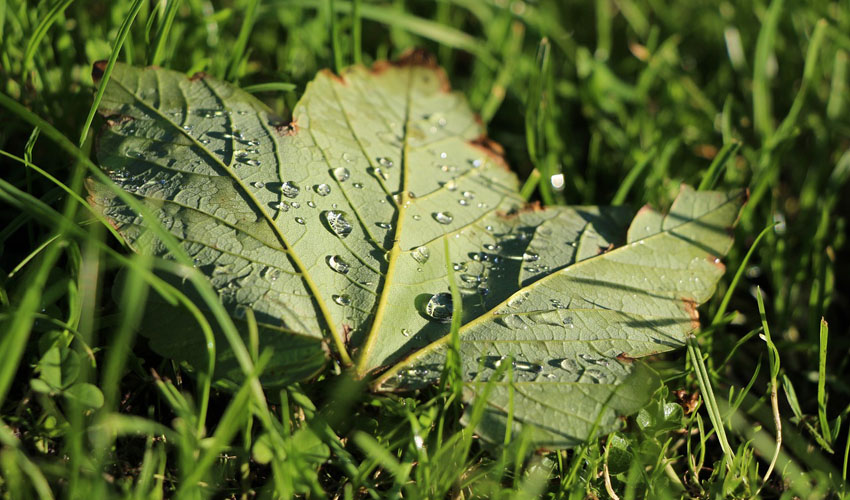
Cleaning up fallen leaves is the best way to prevent the spread of maple tar spot
Do fungicidal sprays cure Maple Tar Spot?
Fungicide sprays applied at the right time in spring, and with thorough coverage, can kill the Maple Tar Spot fungus, although it doesn’t guarantee that your trees won’t become infected. This is because of several factors:
- The size of a large maple’s crown makes complete spraying hard to do (DIY spraying is extremely unlikely to reach all of the tree).
- Sprays must be applied at the right time in the fungus’s development; spraying too early or too late will have no effect.
- It’s difficult to reach all leaf surfaces with a fungicide spray, including both the top and underside of each leaf.
- Other, neighboring trees that have Maple Tar Spot can still spread it your trees after it has been treated.
What else can I do?
If you don’t opt for sprays, reducing fungus levels over time by consistently removing infected leaves is an effective way to fight Maple Tar Spot. Raking leaves is not everyone’s favorite chore, especially when it’s still summer, but it works and you can do it without any equipment more specialized than a rake.
NEED SOME HELP?
If you want help diagnosing Maple Tar Spot, or are looking for ways to lessen its impact on your trees, we can evaluate your trees and advise you on the best approach. And remember, while Maple Tar Spot doesn’t spread to other species of trees, you can inadvertently help the fungus spread throughout your neighborhood if your maple’s infected leaves stay on the ground too long.
Read about plant health care and how it can help prevent pests and diseases. >>
Schedule a Property Inspection
If you want help diagnosing Maple Tar Spot or are looking for ways to lessen its impact on your trees, we can evaluate your trees and advise you on the best approach.Recent Articles
Topics
About The Author

STAY IN THE LOOP
WITH OUR
LATEST UPDATES
"*" indicates required fields

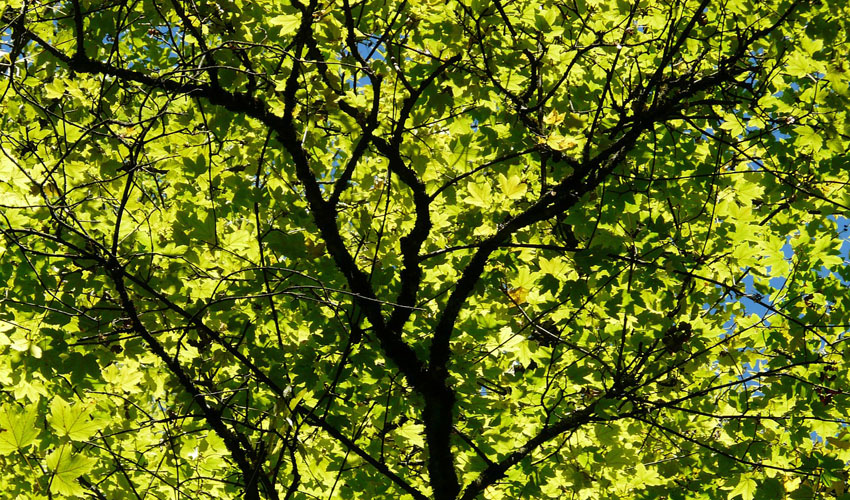 Which trees are affected by maple tar spot?
Which trees are affected by maple tar spot?